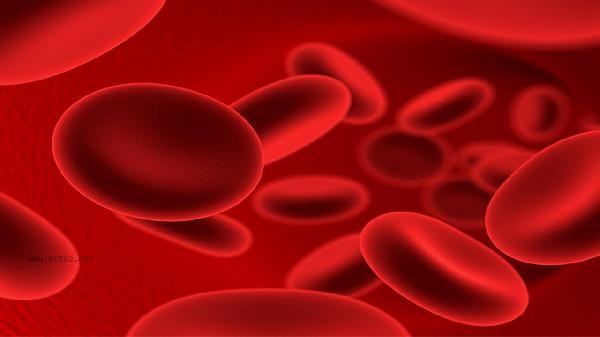Whole blood cell five classification examination can detect diseases such as anemia, infection, leukemia, platelet abnormalities, and myelodysplastic syndrome. The five categories of whole blood cells help doctors diagnose hematological and systemic diseases by analyzing changes in parameters such as white blood cells, red blood cells, hemoglobin, and platelets. Abnormal white blood cell count and classification in the five classification examination of whole blood cells can indicate infection or inflammation. Bacterial infections are often accompanied by an increase in the proportion of neutrophils, while viral infections may lead to an increase in lymphocytes. Abnormal increase in white blood cells should be alert to blood tumors such as leukemia, and abnormal decrease may be related to aplastic anemia or drug side effects. Eosinophilia is common in allergies or parasitic infections, while mononucleosis may be associated with chronic infections such as tuberculosis. Abnormal parameters related to red blood cells can reflect the type of anemia. A decrease in hemoglobin and hematocrit indicates anemia, while average red blood cell volume helps distinguish between iron deficiency anemia and megaloblastic anemia. Reticulocyte count can evaluate bone marrow hematopoietic function, and an increase in red blood cell distribution width is common in iron deficiency anemia. Abnormal increase in hemoglobin requires screening for polycythemia vera or chronic hypoxic diseases. Abnormal platelet parameters can indicate a risk of bleeding or thrombosis. Thrombocytopenia may be caused by immune thrombocytopenia, aplastic anemia, or splenomegaly, and an increase should be alert to primary thrombocytosis or reactive thrombocytosis. Increased average platelet volume is common in immune thrombocytopenia, and abnormal platelet distribution width may be related to abnormal bone marrow hematopoiesis.

The five categories of whole blood cells can also detect hematopoietic system diseases such as myelodysplastic syndrome. This type of disease often presents as a decrease in one or more blood cells accompanied by pathological hematopoiesis, and requires diagnosis through bone marrow aspiration. Some hereditary blood diseases such as thalassemia can also be preliminarily screened for abnormal red blood cell parameters. Systemic diseases such as liver disease, kidney disease, autoimmune diseases, etc. may also cause characteristic changes in blood count.
Whole blood cell five classification is an important item of routine physical examination, and it is recommended to have it checked once a year. Before the examination, it is necessary to maintain a normal diet and daily routine, and avoid vigorous exercise that may affect the results. If abnormal indicators are found, timely medical review should be sought, and the doctor will make a comprehensive judgment based on clinical manifestations and other examinations. Early symptoms of hematological diseases are atypical, and regular blood routine tests can help detect potential health problems early. The examination results should be comprehensively analyzed in combination with clinical symptoms and other laboratory tests, avoiding self interpretation.










Comments (0)
Leave a Comment
No comments yet
Be the first to share your thoughts!